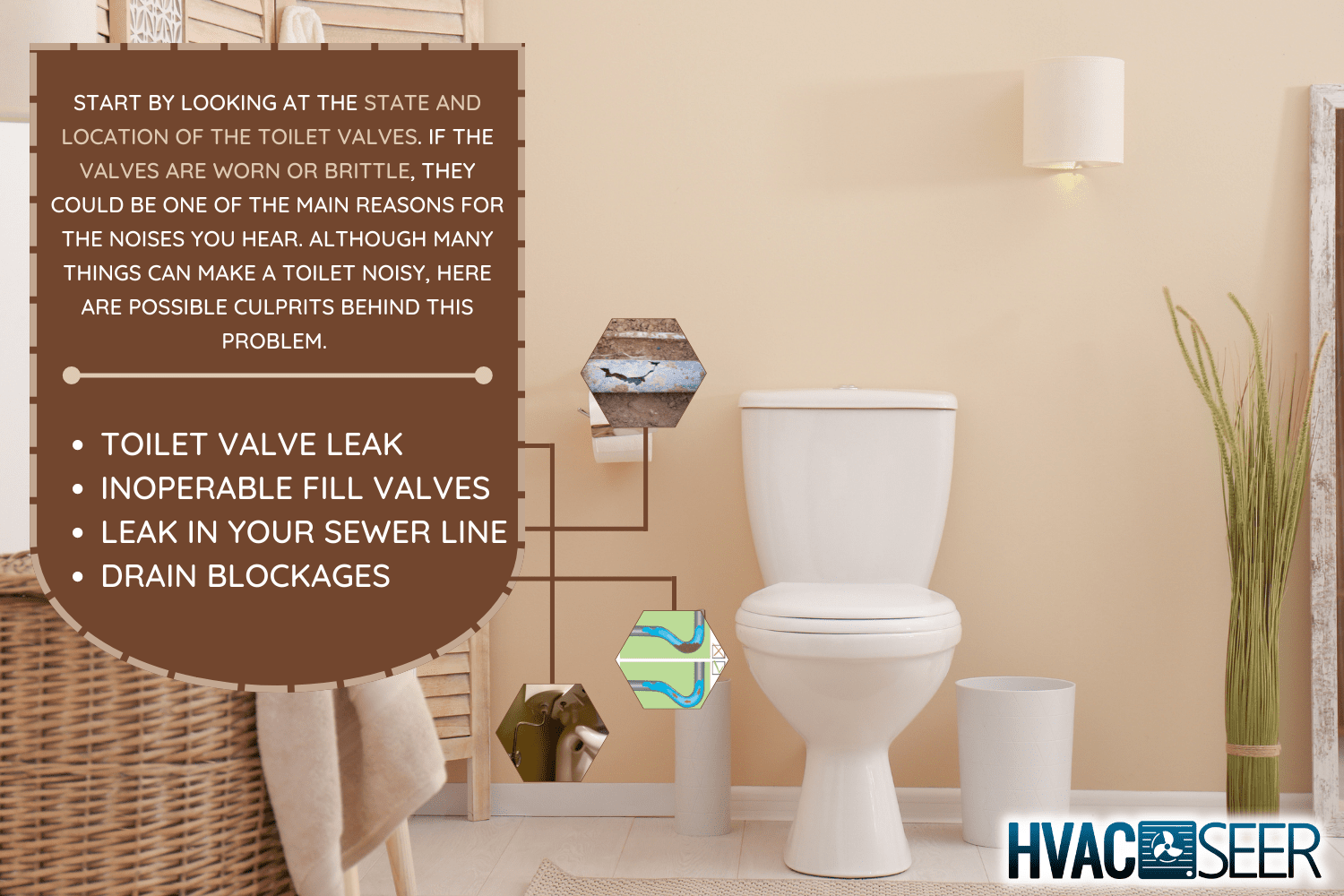Prevention and Best Practices: Bathroom Faucet Makes Noise When Turned On

Preventing faucet noise requires a proactive approach, encompassing careful selection, proper installation, and regular maintenance. By understanding the factors contributing to noise and implementing preventive measures, you can enjoy a quiet and functional bathroom experience.
Choosing a Quiet Faucet Design
Selecting a faucet designed for quiet operation is crucial. Consider these factors:
- Materials: Ceramic disc cartridges are generally quieter than older compression faucets. Look for faucets with ceramic disc cartridges, which are known for their smooth and silent operation.
- Features: Aerators and flow restrictors can help reduce noise by minimizing water turbulence. Choose faucets with aerators that are designed for quiet operation.
- Construction: Solid brass construction often results in a more durable and quieter faucet. Opt for faucets made from high-quality materials, such as solid brass, for enhanced durability and noise reduction.
Preventing Noise During Installation
Proper installation is critical for minimizing noise:
- Tighten Connections Securely: Loose connections can cause vibrations and noise. Ensure all connections are properly tightened to prevent leaks and noise.
- Use Teflon Tape: Applying Teflon tape to threaded connections can help prevent leaks and noise.
- Install Correctly: Follow the manufacturer’s instructions carefully to ensure proper installation.
Preventing Noise During Daily Use, Bathroom faucet makes noise when turned on
Daily practices can also contribute to noise reduction:
- Avoid Excessive Pressure: High water pressure can exacerbate noise. Consider installing a pressure regulator if your water pressure is too high.
- Clean Aerator Regularly: Mineral buildup can clog the aerator and increase noise. Clean the aerator regularly to ensure smooth water flow.
- Use a Water Filter: Water filters can remove impurities that contribute to noise. Consider using a water filter to improve water quality and reduce noise.
Regular Maintenance and Inspection
Regular maintenance is crucial for identifying and addressing potential noise issues early:
- Inspect for Leaks: Regularly check for leaks around the faucet and its connections. Leaks can indicate loose connections or worn-out parts.
- Lubricate Moving Parts: Some faucets have moving parts that may require lubrication to reduce friction and noise. Consult the manufacturer’s instructions for lubrication recommendations.
- Replace Worn Parts: Over time, faucet parts can wear out and contribute to noise. Replace worn parts promptly to maintain smooth operation.
